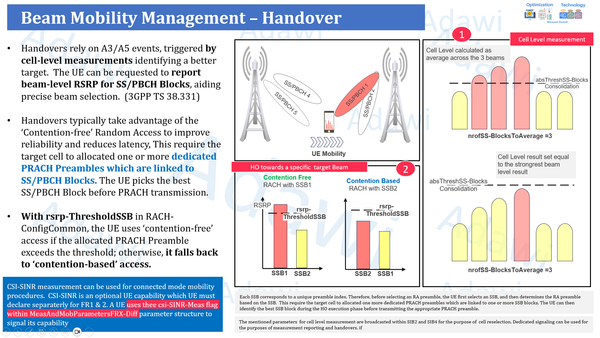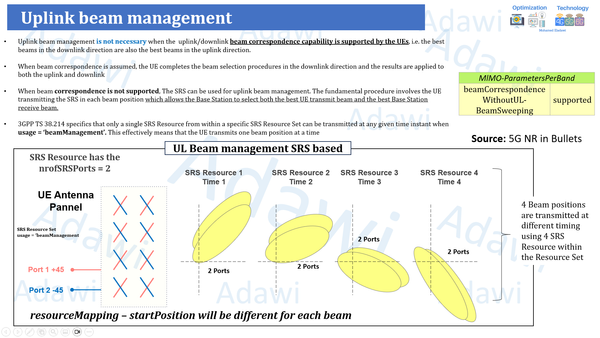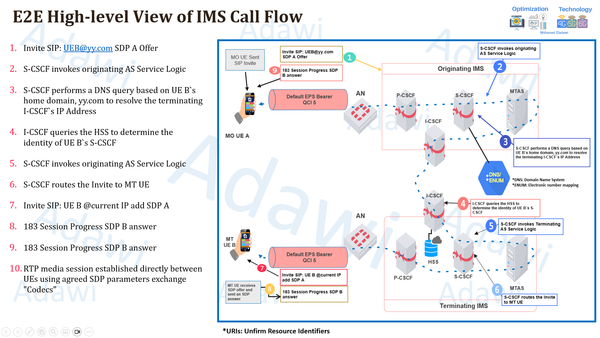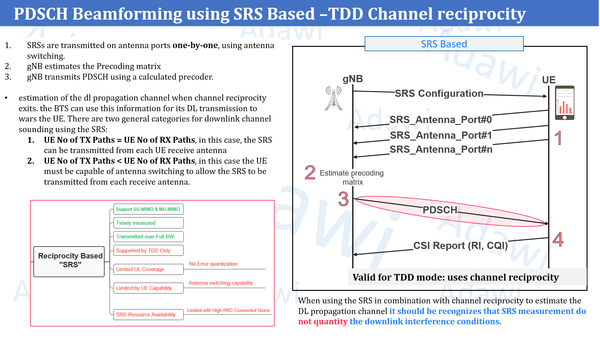5G NSA Mobility Common Handover Root-Causes
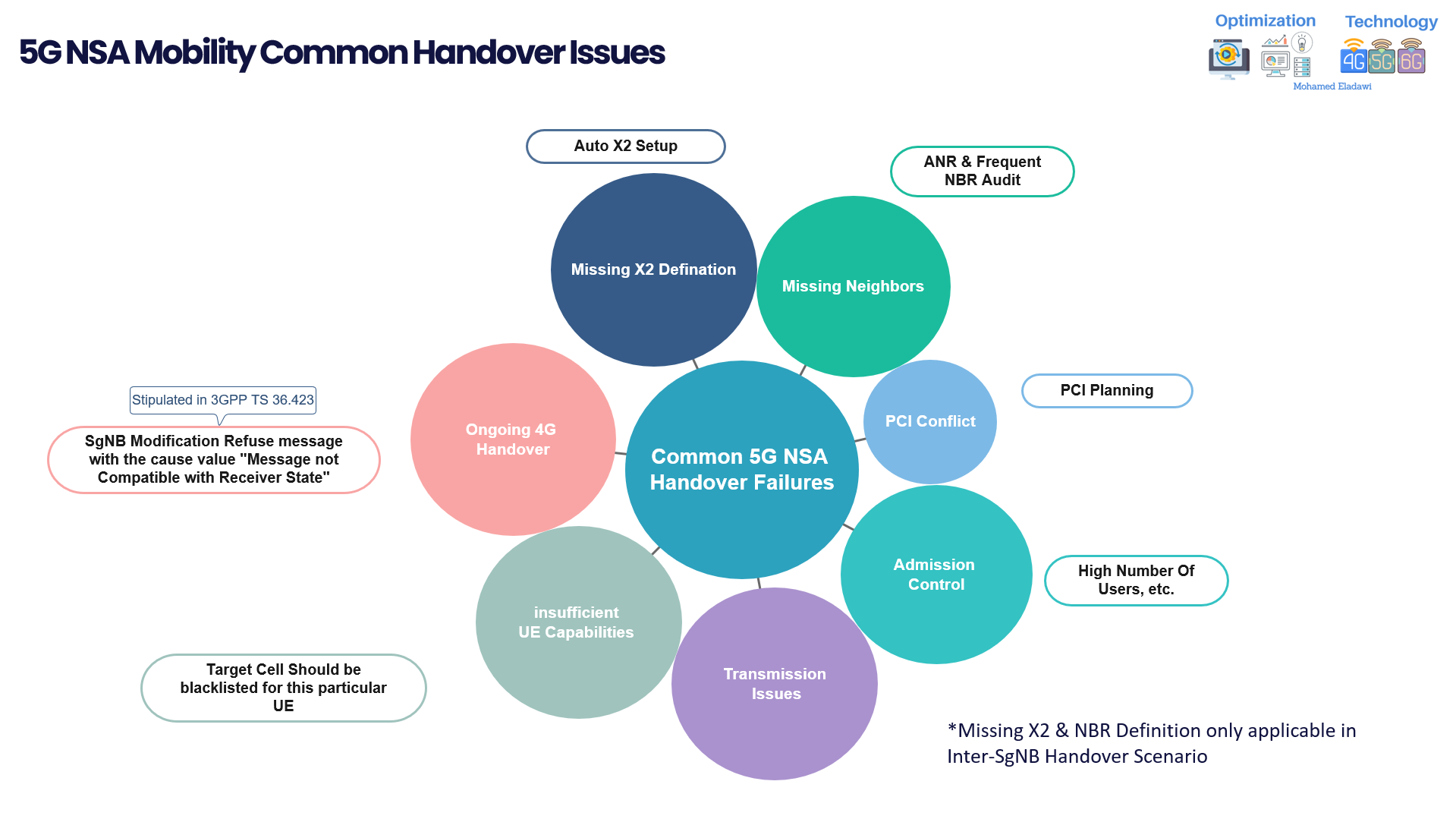
What are the common 5G NSA Mobility Common Handover failures Root-Causes?
(1) Missing X2 Definition/Missing Neighbors
- Unlike legacy 4G handover scenarios, where missing neighbors may cause quality issues or call drops but not affect the handover KPIs as the handover attempt will not be initiated at the first place , the situation in 5G NSA is different.
- In 5G NSA, missing neighbors can lead to handover failures. As shown in the figure below, when a handover is triggered and an SgNB Change Required message is sent from the Serving SgNB to the Serving MeNB, if the handover relation between the Serving MeNB and the new Target SgNB is not defined, the Serving MeNB will be unable to initiate the SgNB addition procedure and, as a result, will not respond with an SgNB Change Confirm.

(2) PCI Conflict Scenarios
- PCI Collisions happen when nearby NR cells use the same PCI on the same frequency••This leads to mutual signal interference in cell overlapping areas where UEs Fail to correctly demodulate signals, increasing service drop rates.•
- PCI Confusion happen when a UE moves across cells, the gNodeB instructs the UE to measure neighboring cells on a specified frequency, and the UE reports the PCI of the cell that meets signal quality requirements to the gNodeB.
- If the UE does not support neighboring cell measurements with the reporICGI report type or intra- RAT or inter-RAT automatic neighbor relation (ANR) has not been enabled for the serving cell In this case, the UE handover will fail. When the neighboring relation of the serving cell contains two or more intra-frequency cells that use the same PCI, the gNodeB cannot determine the neighboring cells that the UE has measured based on the reported PCIs and therefore cannot determine the target cell for the UE handover.

(3)Admission Control
- In scenarios where the target gNB has admission control in place and rejects the handover due to exceeding the maximum number of RRC-connected users or due to licensing limitations, the admission control settings should be reviewed according to each vendor's specifications.
- In general, if network congestion results in limited system capacity, the implementation of admission control algorithm decreases the access success rate and handover success rate.
(4) Transport issues
- For example, if the X2 link between different nodes is unstable or fluctuating, this may result in handover failures.
(5)Insufficient UE Capability
- This scenario is quite rare, and I haven't observed it often. However, in some cases, handovers may be rejected due to device capability issues.
- You just need to evaluate whether all devices of the same type are experiencing the same problem.
(6) Race Condition with Ongoing 4G Handover Procedure
- This scenario also depends on how vendors handle handover race conditions. If a 4G handover is already in progress and a 5G handover is triggered simultaneously, the 4G node might reject the process.
- In such cases, the SgNB Modification Refuse message may be sent with the cause value 'Message Not Compatible with Receiver State.
Refer to the below YouTube video for more details about 5G NSA Mobility
Sources:
- 3GPP 37.340 & 36.423.
- 3GPP TS 37.340(ENDC)
- 3GPP TS 38.306
- 3GPP 36.413 (LTE Signaling)
- 3GPP 38.424 (X2AP)

